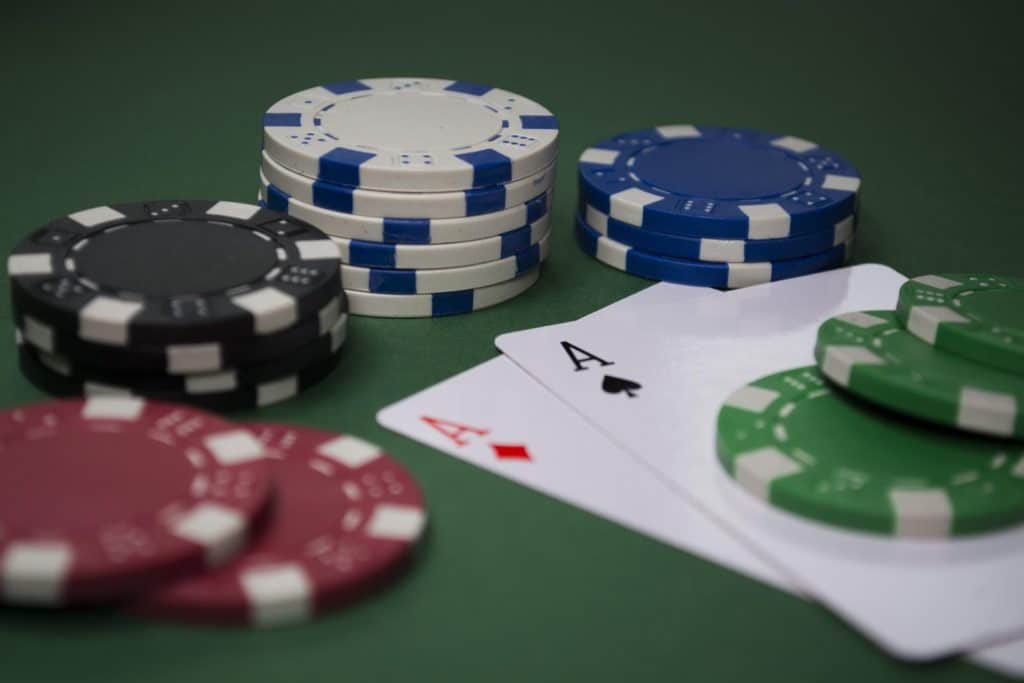Poker Tells Live and Online
Article written by: Andreas Bergmo Johnsen
Like most things in poker, the claims made in this blog post are up for discussion. They are merely based on the personal experiences of the author from playing both live and online poker games, as well from conversations with other poker players.
Despite the technical aspects of game theory optimal (GTO) poker getting much of the spotlight over the last couple of years, poker is still a game between people. Being aware of poker tells and how to interpret them is an important skill, while being oblivious to them is akin to leaving chips on the table. Being aware of these tells is not just important so you can have an advantage over your opponents, but to ensure you do not give your opponents an advantage over you.
Appearance
The first thing you should notice about the other players when sitting down for some live poker games, is what they look like. While this is not an exact science, and definitely a tell that many players tend to overly rely on, it’s worth taking a glimpse at how the other players present themselves.
While you can find patterns, remember the adage, “Never judge a book by its cover”. The value of stereotyping players based on what they look like must not be over-valued. It can be a huge mistake to automatically assume that the “Old man coffee” in the corner is a passive player who only opens premiums, just because it’s a common stereotype among poker players. Appearance-related tells can be difficult to specifically define and should be disregarded as soon as they are proven wrong. You should always remain sceptical of your first impression when looking at the other players at the table. You can use this as a tell to mentally put players into groups when you have nothing else to base it on but be prepared to change it when presented with more information.
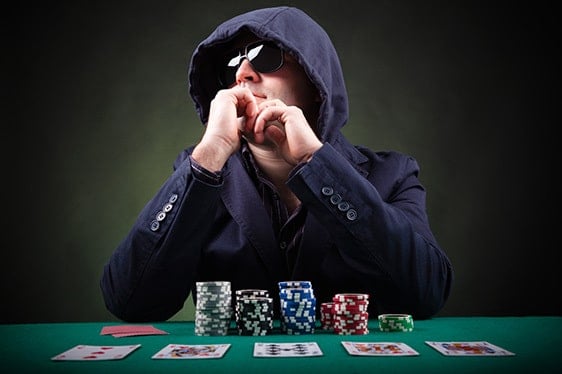
When playing online games at GGPoker a player’s appearance is limited to an avatar, nickname and country; unless they want to show themselves using the Snapcam feature. You can subscribe to theories such as that players from certain countries are playing more aggressively than others, or that choosing Einstein as their player avatar means that they are a smart player. In my experience, there generally is not a relationship between the type of player and their online appearance. The best way to get to know your opponent, and a much better use of your time, is to review their stats in the Smart HUD and understand what it says about their playstyle.
Timing Tells
How fast a player acts with their hand is a big tell in poker. As an example, someone who instantly goes all in on a river that pairs the board pretty much screams “full house”.
Timing tells are just as important to pay attention to when playing live poker as they are online poker – arguably more so, as there are fewer tells available when playing poker online. If someone checks back as fast as they would if they had the check/fold box preselected, it’s usually safe to assume they didn’t have anything good. Meanwhile, instantly betting the flop can also be an attempt to scare you off your equity, while they sit on a weak hand! Tanking into checking on the river can be an indication of someone being unsure if they should bet or check the hand.
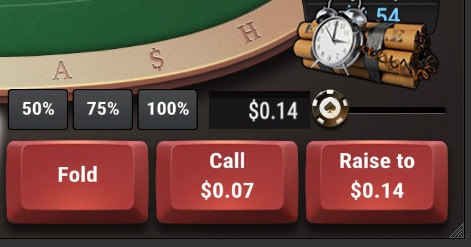
It can be tempting to use reverse psychology and give false timing tells. You could time your action so it seems like you are strong while you are actually weak, and vice versa. While this can work, you should remember that a player who is aware enough to recognize your timing, can also make a mental note of your trickery if you are caught, which can be used against you next time.
To completely avoid giving anything away, high-level players strive to use roughly the same amount of time in each situation regardless of the cards. This is harder than it sounds like. While it is relatively easy to get into the habit of stalling for a few extra seconds when faced with an easy decision, being able to think through a difficult decision within the same time is not simple. This is less important to do perfectly when playing online poker as it is to be expected that players who multi-table will vary in how much time they use on each action.
Talking (Or the Lack of)
Being able to talk to people is cited as one of the main reasons many live players show up to the tables, but this also offers a plethora of ways to give away information. Did the timid player at the button become excited at the flop? Did they let out a big sigh while claiming weakness, just to go all-in on the river? Chances are they have been giving away information that you should have been trying to exploit.
It is possible to go completely mute and ensure you do not offer any verbal tells. While this can be effective, it’s not something I would personally recommend. The main draw of live poker is the social aspect, so it can be argued you might as well stay at home if you are just going to be quiet. There’s also a lot of hidden value in being a pleasant person both playing poker games and life in general. It’s even possible to make professional connections and friends for life, so don’t underestimate the power of being a social butterfly.
Being verbally active during a hand is not necessarily a bad strategy. There are players out there who are able to pry information out of their opponents by engaging them in conversations by making clever comments and asking questions. One of the most famous poker conversationalists is GGPoker pro Daniel Negreanu. He is frequently seen talking to his table and asking them if they have the exact hand that they have. It makes for good television, creates a friendly atmosphere around the table and makes it hard for the opponent to do anything other than freeze up and possibly misplay their hand.
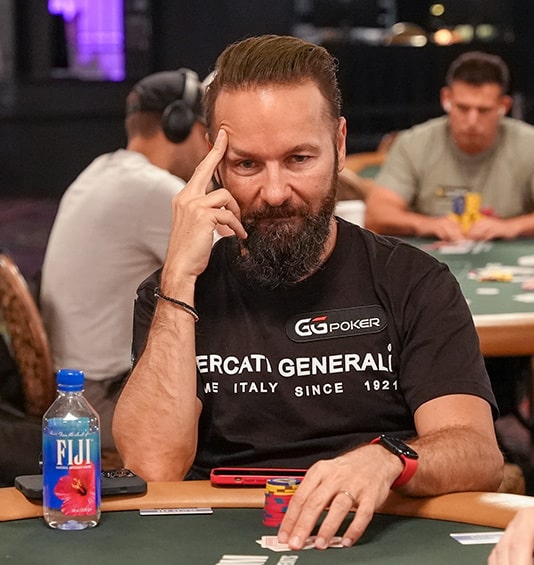
There are many ways to conduct yourself vocally at the poker table. You can choose to be the center of attention or the relaxed player who only engages in casual conversations. Regardless of what role you would like to play, my recommendation is to stay both true to yourself and be consistent. If you are always talking, don’t go silent when you hold aces. If you are not saying much, don’t go on a big rant as soon as your hand is interesting.
When playing online poker, talking is much less prevalent than live. You rarely see players explaining their thought process in chat during a hand. One noteworthy exception that can be exploited is that certain players will let everyone know when they are tilted. It might be worth calculating that the villain is more likely to shove if he has been angrily blaming the deck and other players beforehand. Don’t be afraid to chat, just make sure you are respectful to the other players.
Some More Tells Exclusive to Live Poker
There are plenty more tells that only exist in the sphere of live poker and don’t fit into any of the categories above. What you show with your face and body is important to keep in mind. Try to pay attention to what the other players do as they check their hole cards. If the villain suddenly has a change in his facial expression, or seems overly eager to protect them by physically holding hands or chips over them, it’s likely that something is unusual. The term “poker face” was coined for a reason. Someone who needs to look at their cards multiple times tends to have a better hand than 7-2 off-suit.
As I have a poor visual short-term memory (likely from not playing enough live) and a liking for playing with four cards in the great game that is PLO, I often need to check to confirm my hole cards multiple times during the hand. I try to make a point of checking every hand multiple times on every street. Yes, even those I know from the first glance that I intend to fold. This is a strategy I employ so I hopefully avoid giving away that I have an interesting hand. I believe everyone who, for instance, struggles with remembering the suits of their hole cards, should consider implementing a similar strategy.
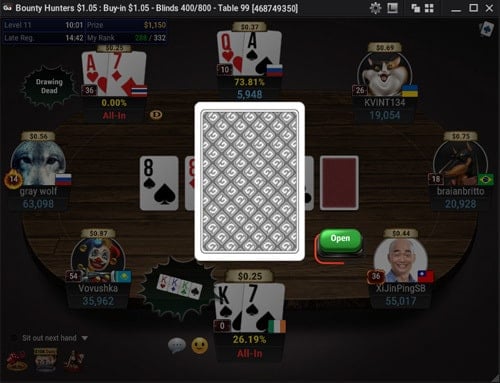
One thing you can do is to make a habit out of playing with your chips. This can hide many physical tells that you would otherwise show. Many players have realised that this is a possibility, hence the characteristic chip shuffling sound that can be heard in poker rooms!
There are, of course, many other tells worth discussing, such as bet sizing, how the chips and cards are handled, and many others. But those we will save for the next blog post. While the art of poker tells not the easiest soft skill to train through theory alone, I hope this has helped you be aware of some to be wary of when playing both live and online poker.
